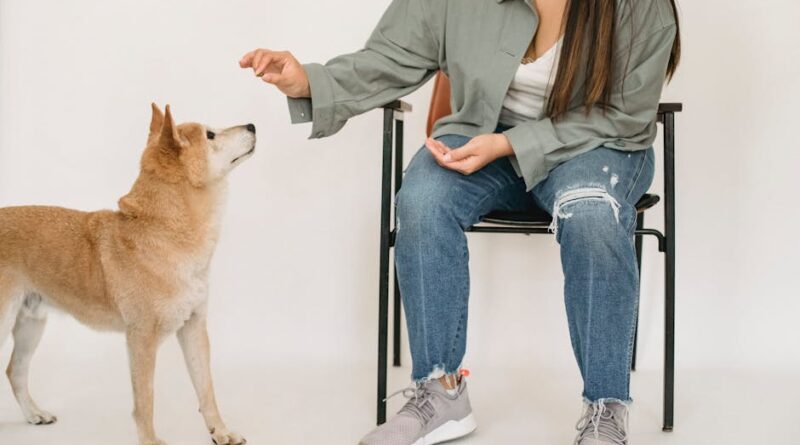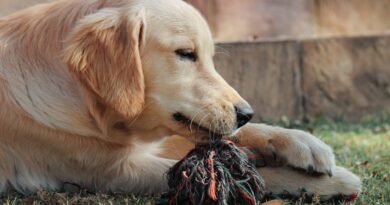Tips for Potty Training Little Dogs
Are you a proud owner of a small furry friend who needs a little help in the potty training department? Potty training little dogs can be a challenging yet rewarding experience for both you and your canine companion. Understanding the nuances of potty training small dogs can make the process smoother and more effective. In this comprehensive guide, we will delve into the intricacies of potty training little dogs, exploring tips, techniques, and common misconceptions to help you and your furry friend succeed in this important milestone.
The Importance of Potty Training for Little Dogs
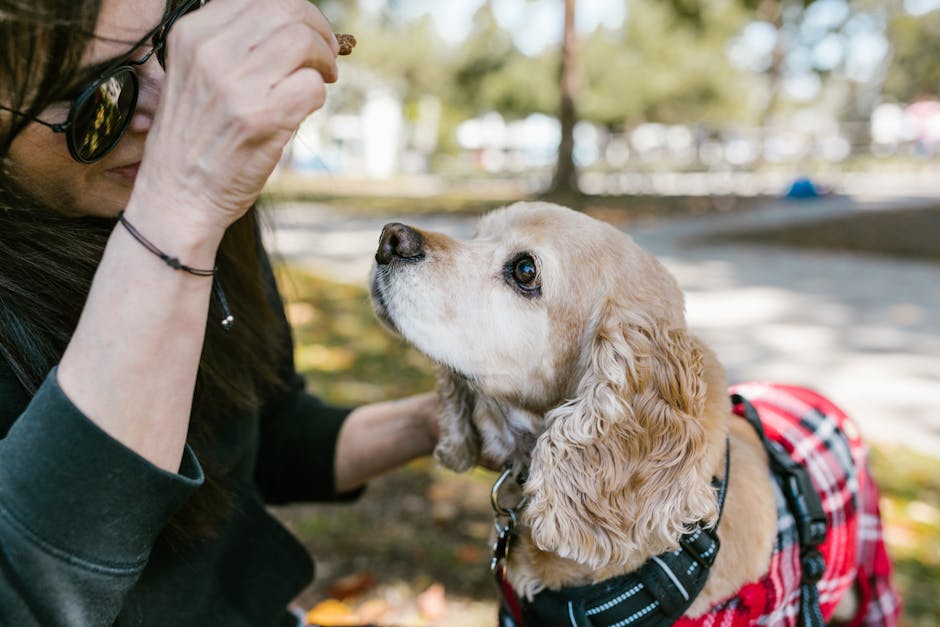
Potty training is a crucial aspect of your dog’s overall well-being and development. Properly trained dogs are not only more pleasant to be around but also have a higher quality of life. For little dogs, potty training is especially important as they are more prone to accidents due to their smaller size and bladder capacity. Establishing good potty habits early on can prevent behavioral issues and ensure a harmonious relationship between you and your pet.
When it comes to potty training small dogs, consistency is key. By setting a routine and sticking to it, you can effectively teach your little companion where and when to do their business. Understanding your dog’s cues and providing positive reinforcement are also essential components of successful potty training. With patience, persistence, and the right approach, you can help your little dog become a potty training pro in no time.
Creating a Potty Training Schedule
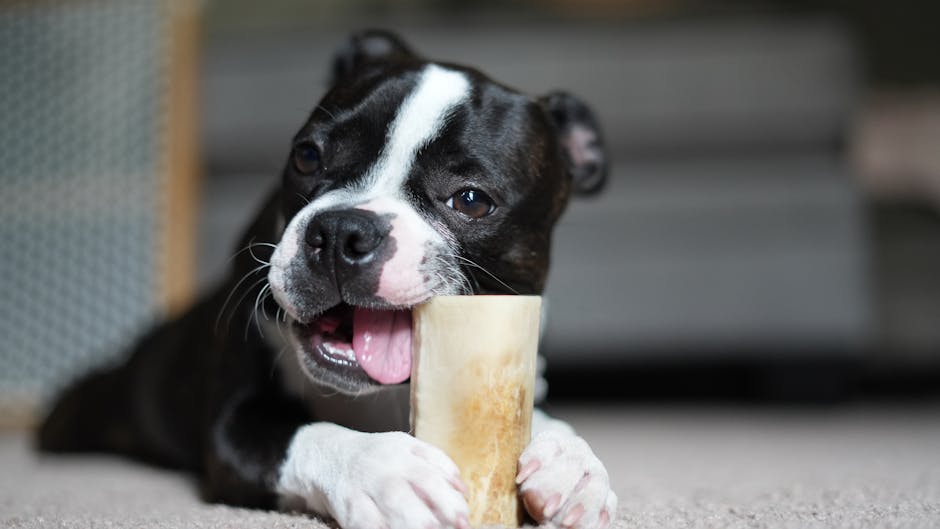
One of the first steps in potty training your little dog is to establish a consistent schedule. Small dogs have smaller bladders and shorter attention spans, so they may need more frequent potty breaks compared to larger breeds. A typical potty training schedule for a small dog may include taking them out first thing in the morning, after meals, before bedtime, and at regular intervals throughout the day.
When creating a potty training schedule, it’s important to pay attention to your dog’s natural rhythms and cues. Watch for signs that they need to go, such as sniffing around, circling, or whining. By anticipating your dog’s needs and taking them out proactively, you can prevent accidents and reinforce good potty habits.
Remember to praise and reward your little dog every time they go potty in the designated area. Positive reinforcement will help your dog associate the act of eliminating in the right spot with a reward, making them more likely to repeat the behavior in the future.
Choosing a Potty Spot
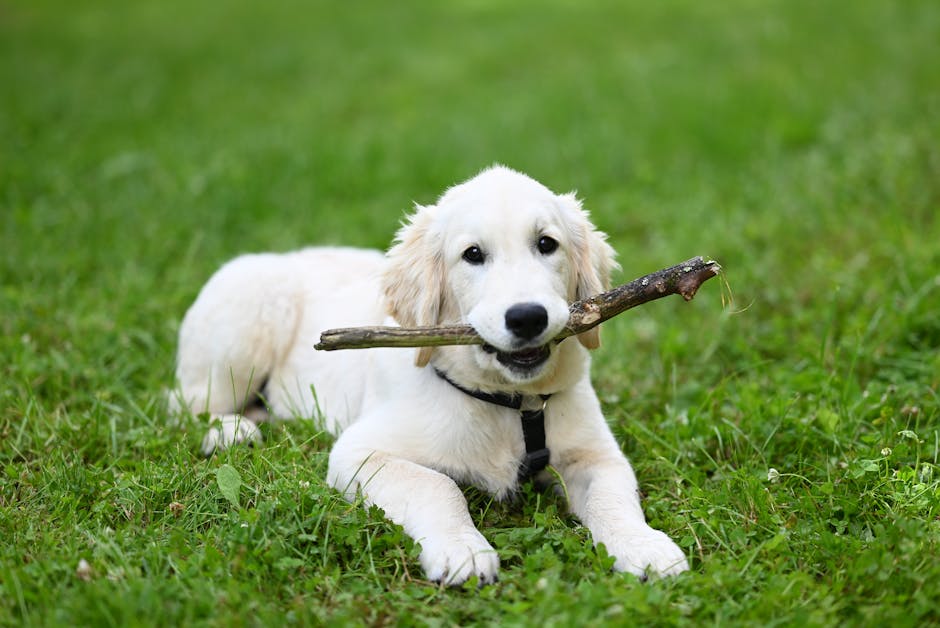
Deciding on a designated potty spot for your little dog is another important aspect of potty training. Whether you live in a house with a yard or an apartment with limited outdoor space, it’s essential to choose a spot that is easily accessible and convenient for both you and your pet.
If you have a yard, designate a specific area for your dog to do their business. This could be a corner of the yard or a patch of grass that is easily accessible. If you live in an apartment, consider using pee pads or a litter box as a temporary indoor potty solution until your dog is fully trained to go outside.
When choosing a potty spot, make sure it is away from high-traffic areas and distractions. Remove any potential obstacles or hazards that could deter your dog from using the spot. Providing a consistent and familiar potty area will help your little dog feel more comfortable and confident in their potty training journey.
Understanding Your Dog’s Body Language

Small dogs, like all dogs, communicate their needs and emotions through body language. By learning to read your dog’s cues, you can anticipate when they need to go potty and take them outside in time to prevent accidents.
Some common signs that your little dog needs to go potty include sniffing around, pacing, whining, or suddenly becoming restless. Pay attention to these subtle cues and respond promptly by taking your dog to their designated potty spot. Consistency in recognizing and responding to your dog’s signals will help reinforce good potty habits and strengthen your bond with your furry friend.
It’s also important to be patient and understanding with your little dog during the potty training process. Accidents are inevitable, especially in the early stages of training. Instead of scolding or punishing your dog for accidents, focus on positive reinforcement and redirection. Clean up accidents promptly and use an enzymatic cleaner to eliminate any lingering odors that may attract your dog to the same spot.
Using Crate Training as a Potty Training Aid
Crate training can be a valuable tool in potty training small dogs. A crate provides a safe and comfortable space for your dog to rest and relax, while also serving as a potty training aid. Dogs are naturally den animals and are unlikely to soil their sleeping area, making the crate a useful tool for teaching your dog to hold their bladder until they are taken outside.
When using a crate for potty training, make sure it is appropriately sized for your little dog. The crate should be large enough for your dog to stand up, turn around, and lie down comfortably, but not so spacious that they can designate a potty area within the crate. Place comfortable bedding and a few toys in the crate to make it a cozy and inviting space for your dog.
Use the crate as a tool to establish a potty training routine. Take your dog outside to their designated potty spot immediately after they are let out of the crate in the morning, after meals, and before bedtime. By creating a consistent schedule and using the crate as a potty training aid, you can help your little dog develop good bladder control and potty habits.
Common Misconceptions About Potty Training Little Dogs
Despite the best intentions, many dog owners fall prey to common misconceptions about potty training small dogs. One prevalent myth is that small dogs are more challenging to potty train than larger breeds. In reality, the principles of potty training apply to dogs of all sizes, with consistency, patience, and positive reinforcement being the keys to success.
Another misconception is that using punishment or harsh training methods will speed up the potty training process. While it may be tempting to scold your dog for accidents, this approach can backfire and lead to fear, anxiety, and avoidance behaviors. Positive reinforcement, on the other hand, strengthens the bond between you and your dog, making the training process more enjoyable and effective.
It’s essential to debunk these misconceptions and approach potty training with a positive and patient mindset. By understanding your dog’s needs, cues, and behaviors, you can tailor your training approach to suit their unique personality and learning style.
Conclusion
To wrap things up, potty training little dogs can be a challenging but rewarding experience for both you and your furry friend. By establishing a consistent schedule, choosing a designated potty spot, understanding your dog’s body language, and using crate training as a potty training aid, you can help your little dog develop good potty habits and prevent accidents in the future.
Remember, potty training takes time, patience, and persistence. Celebrate small victories along the way and be understanding of setbacks. With the right approach and a positive attitude, you can successfully potty train your little dog and enjoy a harmonious relationship for years to come.
Long story short, potty training little dogs is a journey that requires time, commitment, and a deep understanding of your dog’s needs. By following the tips and techniques outlined in this guide, you can set your little dog up for potty training success and strengthen your bond along the way. Happy training!

